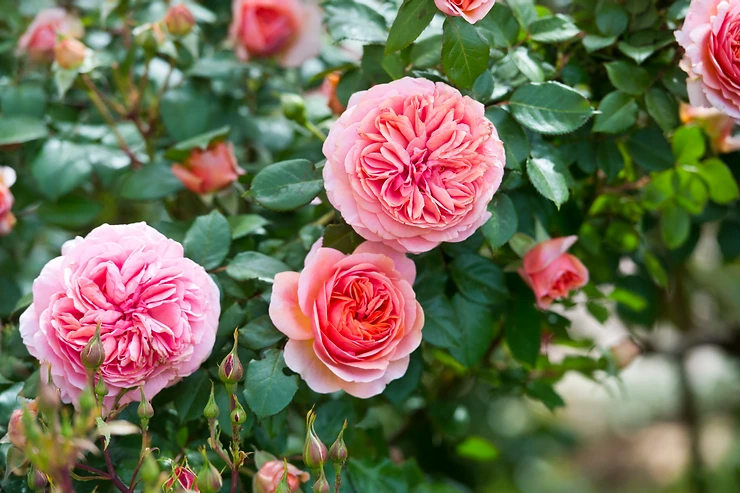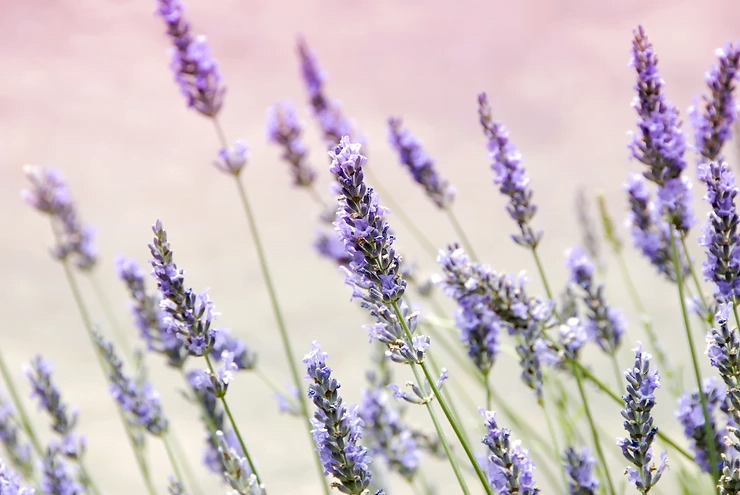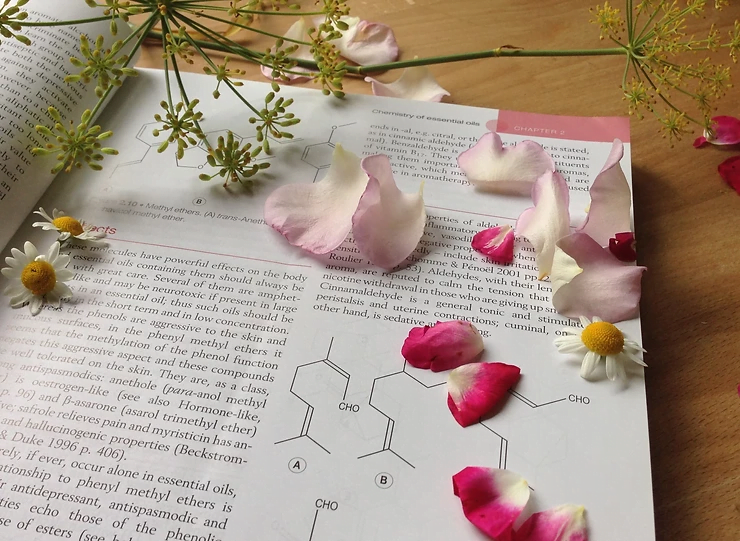Perfume is profoundly personal, making it difficult to announce that one reigns over the others. What causes one person to sniff, grimace, and put a bottle back on the shelf could be what causes someone else to take that bottle home. No matter where personal preference lies, there are simple guidelines for selecting a scent you can follow to make the most of your perfume.
Check the Ingredients
Perfumes are made up of a fragrance, a fixative, water, and alcohol. Within those four ingredients lay innumerable options and combinations to pick from. Some of these are preferential, such as choosing vegan or cruelty-free or natural versus synthetic. Fixatives help add longevity to the product. Animal-based fixatives include ambergris, castoreum, musk, and civet. Natural fixatives use resinoids like benzoin, labdanum, myrrh, olibanum, storax, and tolu balsan. What is synthetic may surprise you! Some plants, like Lily-of-the-Valley, do not produce oils, so an imitation is formulated. Perfumes scented like food or drinks tend to be synthetic because, unfortunately, bubble gum does not grow in the wild. Natural ingredients historically are more desirable, especially among those who wish to avoid harsh chemicals. No matter what directions you chose to go in and what values guide your choice, some ingredients should be avoided. Check the label for benzaldehyde, benzyl acetate, benzyl alcohol, camphor, ethanol, ethyl acetate, limonene, linalool, a-PINENE and a-TERPINEOL. These can irritate sensitive skin, the eyes, nose, and throat, as well as some of them being carcinogenic.
How do the Notes Play?
A scent is broken down into three notes: the top or head note, the middle or heart note, and the base note. Some perfumes also have a bridge note, meant to act as a transition. Each of these notes should blend into each other with harmony. The top notes are what you smell immediately after application and tend only to last about 15 minutes. These aromas are meant to draw you in but not to be the lasting impression. The middle note is what most people recall of their perfumes. It lasts for about two to four hours. The base note is the one that sticks around the most stubbornly; it can last four to six hours. Whether there are bridge notes or not, the transition should be neither jagged or obvious. They should work together, like the notes in a piece of music. Due to the layers perfume has, try not to make a purchase based on a single sniff. Wear it throughout the day and check in with the scent to see how it has evolved.

The Perfume Lifespan
How long perfume lasts depends on the quality of the ingredients and what kind, the type of fixatives, and also how much water and alcohol it contains. The latter can be confusing point as there are multiple products that we blanket under the term perfume. Perfume or Parfum contains the highest level of fragrance, 20% – 30%, and the lowest alcohol content. These factors mean it lasts for 6 – 8 hours, the longest of all. Eau de parfum contains 15% – 20% fragrance and has a higher alcohol content. It can last for 4 – 6 hours. Eau de toilette has the highest alcohol content of the three and the lowest percentage of fragrance, only 5% – 15% and it only lasts about 2 – 3 hours. The longevity of perfume also depends on the wearer. Scent is released as it warms and evaporates, so do not speed up the process by rubbing the spritz area vigorously. Though you may enjoy getting ready in a sunlit room, your perfume does not. Bright sunlight reduces the potency of the fragrance, so store it in a dark place.

Balancing Rules, Suggestions and Preference
There are not many wrong answers that exist to the question of what makes a pleasant perfume scent. Where someone finds something too sweet or too spicy, others will wish it were more so! Armed with the knowledge of which ingredients to look out for, the complex construction of a scent and how to differentiate and better preserve your product, you can choose a perfume that will do justice to you.

